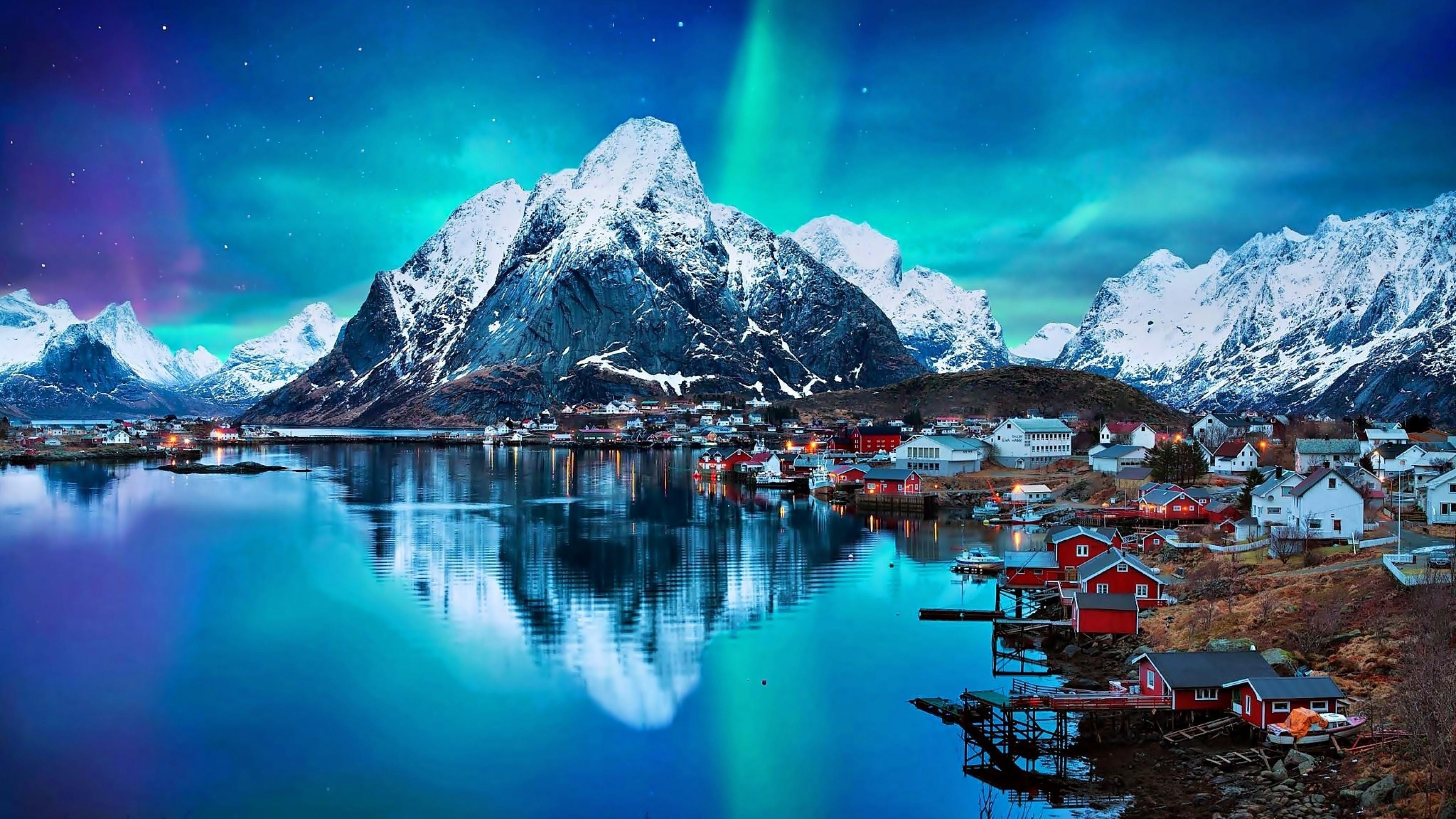As summer transitions to autumn, one of my favorite sights is watching the green leaves of deciduous trees transform into a vibrant palette of yellow, orange, red and purple The Norway maple (Acer platanoides) is one tree valued for its pleasing fall foliage display While not the most spectacular, the Norway maple delivers a cheerful show of yellow and orange leaves to welcome the fall season.
An Overview of the Norway Maple
Native to Europe and parts of Asia the Norway maple was introduced to North America in the 18th century as an ornamental landscape tree. It has since spread across much of the eastern and central U.S. and Canada.
This deciduous maple grows 40 to 50 feet tall at maturity, with an oval or rounded crown spanning 30 to 40 feet wide. The leaves are opposite, 4 to 7 inches wide, with 5 or 7 pointed lobes. In spring, greenish-yellow flowers appear as the leaves emerge. The paired winged seeds called samaras mature and spin to the ground in fall.
The Norway maple does well in a wide range of soils and can handle pollution and city life. But its aggressive roots allow it to spread widely, which makes it invasive in some places. Several states now prohibit or restrict planting Norway maples.
Typical Fall Foliage Colors
In autumn, most Norway maples display clear golden yellow foliage. This happy yellow color usually shows up in the middle of fall and goes well with other maple species’ bright red and purple leaves.
The intensity of fall color varies depending on soil, weather, genetics and other factors. Some Norway maples may develop orange-yellow hues. Occasionally, the leaves may skip yellow and brown directly after frost. But commonly, they turn a consistent, bright yellow.
The Norway maple’s fall colors aren’t the most spectacular, but they look great against its gray bark. It also complements evergreens and trees with red foliage.
Why Maple Leaves Change Color in Fall
Maples and other deciduous trees owe their rainbow of autumn foliage to natural leaf pigments:
-
Chlorophyll – Provides the green color during the growing season. Production stops as days shorten in fall.
-
Carotenoids – Produce yellow, orange and brown. Present all season but revealed as chlorophyll fades.
-
Anthocyanins – Create bright red. Produced in fall in response to light and trapped sugars in leaves.
When it gets cooler and there is less light, chlorophyll production goes down. This lets the yellow and orange carotenoids shine through. If there are still enough sugars in the leaves, red anthocyanins may also form.
Temperature, light, soil nutrition and genetics influence the pigments produced, causing color variations among maple species and individual trees.
Encouraging the Best Norway Maple Fall Color
Although nature ultimately determines fall foliage vibrancy, you can encourage the best color:
-
Choose cultivars bred for superior fall hues like ‘Fairview’ or ‘Indian Summer’.
-
Water adequately during late summer/fall droughts. Drought stress reduces color.
-
Fertilize with nitrogen in spring but avoid excess nitrogen in fall.
-
Plant in full sun for brightest color development. Too much shade dulls intensity.
-
Prune to open the canopy and allow more light penetration.
-
Avoid planting in frost pockets that damage leaves early.
Even in years of muted fall vibrancy, Norway maples offer fine qualities as landscape specimens, like winter interest and spring/summer foliage.
Top Alternatives for Spectacular Fall Color
For more brilliant maple fall color, consider these top options that typically shine in reds and oranges:
- Red maple (Acer rubrum)
- Sugar maple (Acer saccharum)
- Autumn Blaze maple (Acer x freemanii ‘Jeffersred’)
- Amur maple (Acer tataricum subsp. ginnala)
Non-maple trees with excellent fall foliage include dogwood, tupelo, oak, sweetgum and more. Blending diverse fall foliage trees ensures an extended color spectacle.
While the Norway maple may not have the most dazzling autumn display, it deserves a spot for its dependable yellows and oranges. Mixing it with other trees promises a full fall foliage rainbow.
So as another fall approaches, take time to appreciate the Norway maple’s cheerful contribution to nature’s annual artful transition. Let its golden colors remind you to find joy amidst change.

NYC Street Tree Map
Test your new skills with our NYC Street Tree Map! Use the map to confirm if youve spotted a maple!.
Learn more about common leaf shapes and how to recognize the trees they come from.
5 Best Maple Trees for Fall Color | NatureHills.com
FAQ
What color are Norway maple leaves in the fall?
Norway maple leaves are usually larger and turn yellow in the fall while sugar maples turn orange or red. To be more sure of the difference between these two species, cut off a leaf stem and look at the sap.
How to identify Norway maple in winter?
Twigs:The Norway Maples twigs are a reddish-brown. Buds grow on the ends of the twigs. The buds are big (about 1/4 inch), red or greenish-red, and have two to three pairs of scales on them. They are easy to spot in the winter.
What do maple tree leaves look like in the fall?
Sugar maple leaves have five pointed lobes, each pointing in a different direction, and the leaves can turn a range of colors, from bright yellow to orange to a vivid red-orange – sometimes, all of these colors may even be visible on the same tree!.
